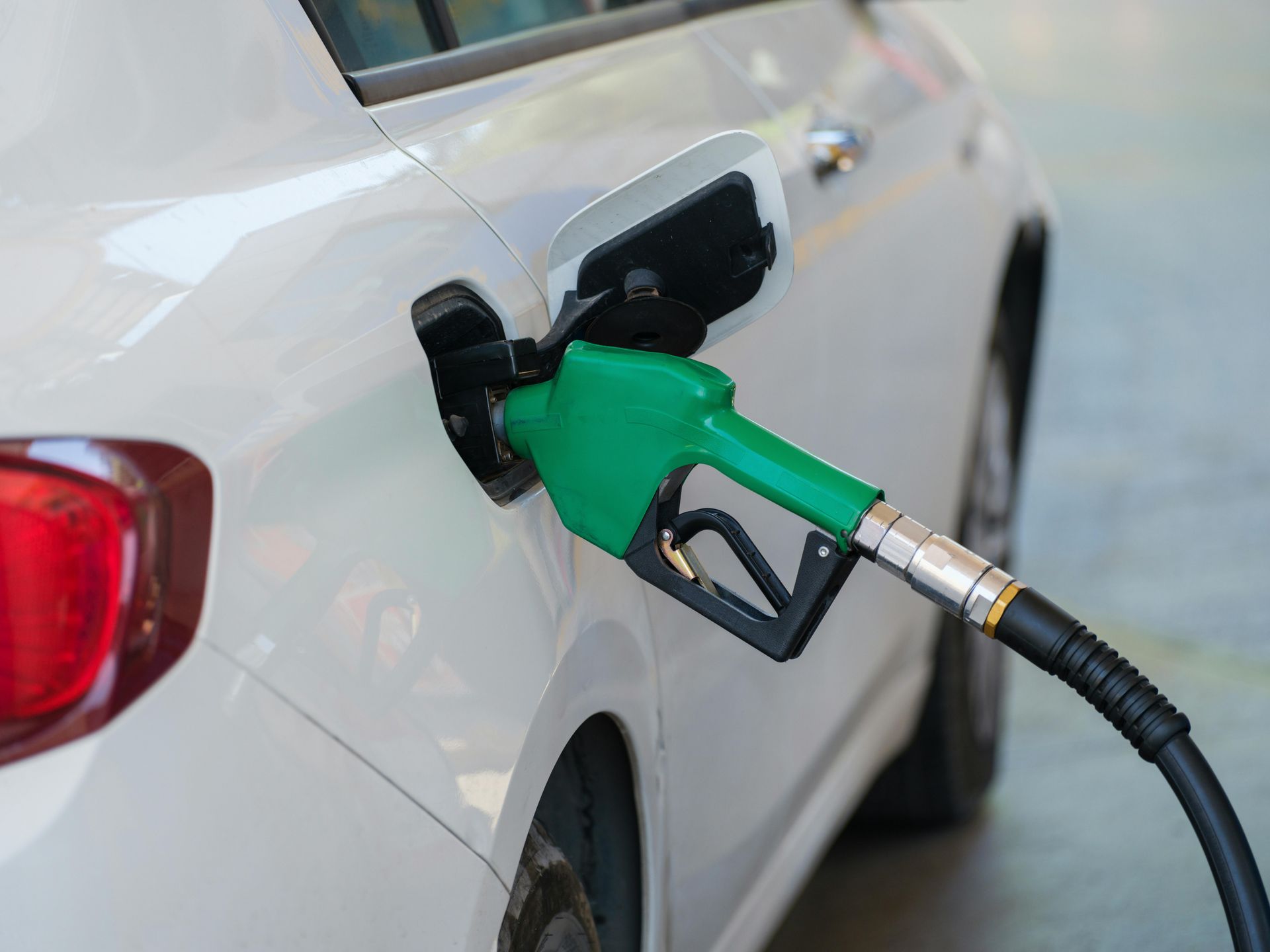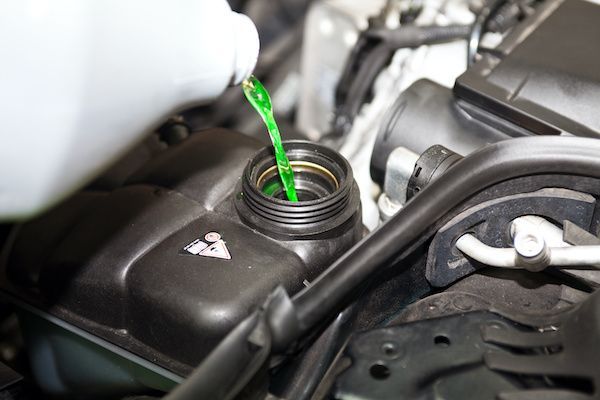By Bob Cornwall
•
April 2, 2025
As the seasons shift, so do the conditions your vehicle is exposed to. Whether it’s the intense heat of summer, the chilly winds of fall, or the unpredictable rains of winter, each season brings new challenges for your car. While it may be tempting to simply drive your vehicle as usual, the truth is that seasonal changes can significantly impact its performance, safety, and longevity. At Super Service of Aliso Viejo, we understand how important it is to prepare your vehicle for seasonal changes. With our expert services, we help keep your car running smoothly through the fluctuations in temperature and road conditions. In this blog, we’ll explore how each season affects your car and what you can do to maintain your vehicle in top condition year-round. 1. Summer: Heat and Humidity Summer can be particularly tough on your car. High temperatures, long drives, and increased air conditioning usage can all take a toll on various components of your vehicle. Here’s how summer affects your car: Overheating Engine: Hot weather can make your engine work harder. The cooling system has to work overtime to regulate the engine’s temperature. If your radiator or coolant is low or in poor condition, it can lead to engine overheating, which may cause severe damage. Tires: Hot pavement can cause tires to wear out faster. The excessive heat from the sun can also cause tire pressure to increase, leading to a higher risk of a blowout if your tires are already worn or under-inflated. Battery Performance: The extreme heat can shorten the lifespan of your car’s battery. High temperatures cause the battery fluid to evaporate, which can lead to corrosion on the battery terminals and ultimately cause your battery to fail. Air Conditioning: The intense use of your car’s air conditioning system during summer can stress the system, causing it to wear out more quickly. If your air conditioning system is already low on refrigerant, it might fail when you need it most. What You Can Do About It: Check Coolant Levels and Radiator: Ensure that your coolant is at the right level and in good condition. Regularly inspect your radiator and cooling system to prevent overheating. Tire Maintenance: Check your tire pressure frequently, especially during hot months, as high temperatures can cause pressure to rise. Make sure your tires are properly inflated and have enough tread to avoid accidents. Battery Maintenance: Inspect your battery for signs of wear, such as corrosion on the terminals. Replace the battery if it’s nearing the end of its lifespan, usually every 3-5 years. AC Maintenance: Ensure your air conditioning system is working well before the summer heat sets in. Schedule an inspection to check refrigerant levels and make sure the system is functioning optimally. 2. Fall: The Transition to Cooler Weather Fall is a transitional period when temperatures begin to dip, but it can still be unpredictable. With rainstorms becoming more frequent, road conditions can become slippery and hazardous. Here’s how fall can affect your car: Tires and Traction: As the temperatures start to drop, the roads can become wet and slippery, especially when leaves begin to accumulate. Wet conditions can cause your tires to lose traction, which increases the risk of skidding and accidents. Worn Brake Pads: Cooler weather can make it harder for worn-out brake pads to function properly, which means your braking distance can increase. This is especially dangerous when rain and wet roads are present. Battery Performance: The cooler temperatures of fall can also impact your car’s battery. Just like in summer, batteries can lose power in colder weather, and if your battery is already weak, it might struggle to start your car on those chilly mornings. Falling Leaves: As leaves begin to fall, they can block air vents, your car’s exhaust system, and even the radiator. This can lead to overheating if airflow is restricted. What You Can Do About It: Tire Inspections: Ensure your tires have enough tread and are suitable for wet conditions. Consider investing in all-season or winter tires if you live in an area that experiences cold temperatures and snow. Brake Inspection: Have your brake pads inspected to make sure they’re in good condition for the fall season. If you notice any unusual sounds, vibrations, or a decrease in braking efficiency, it’s time to have your brakes serviced. Battery Check: As temperatures dip, check your car battery’s charge and condition. Replace it if necessary before the weather becomes too cold to start your car easily. Clear Debris: Regularly clean out your car’s vents, grille, and radiator to ensure proper airflow and prevent overheating. 3. Winter: Cold Temperatures and Snowy Roads Winter presents its own set of challenges, especially if you live in an area that experiences freezing temperatures and snow. Cold weather can cause problems for both the exterior and interior of your car. Engine Fluid Viscosity: When temperatures drop, your engine oil thickens, which makes it harder for your engine to turn over. This increases the amount of time it takes for your engine to start and can lead to unnecessary wear if not addressed. Frozen Fuel Lines: In extremely cold temperatures, moisture in the fuel lines can freeze, blocking the flow of fuel to the engine. This can prevent your car from starting or cause stalling while driving. Battery Strain: Just like in fall, cold weather can drain your car’s battery. If your battery is already weak or old, it may fail completely, leaving you stranded in freezing temperatures. Tire Performance: Snow, ice, and slush can significantly affect tire traction, and driving on these surfaces with all-season tires can be dangerous. Tires with insufficient tread are particularly risky during winter months. Wipers and Defrosters: Snow and ice can build up on your windshield wipers, causing them to wear out more quickly. Without proper visibility, driving becomes hazardous. Additionally, your car’s defrosters and heaters will need to work harder during the winter months, increasing the risk of malfunction. What You Can Do About It: Use Winter Oil: Consider switching to a winter-grade oil with lower viscosity to ensure easier starting and smooth engine operation during cold weather. Fuel System Maintenance: Prevent fuel line freeze-ups by using additives that keep moisture from forming in the lines, and keep your gas tank at least half full to reduce condensation. Battery Maintenance: Have your battery tested before the coldest weather sets in. Replace it if it’s old or shows signs of deterioration. Winter Tires: If you live in an area that gets snow and ice, switch to winter tires. These tires are specifically designed to provide better traction in harsh conditions. Check Wipers and Defrosters: Inspect your wipers for damage and replace them if necessary. Ensure your defroster and heater are working efficiently to keep your windshield clear and your car comfortable. 4. Spring: The Return of Warmth and Pollen Spring is a time for renewal, but it’s also a season that brings new challenges to your car. With the warmer weather and more frequent rains, spring can be a transitional period for vehicle maintenance. Pollen and Debris Build-Up: Springtime means flowers are in bloom, and with that comes an influx of pollen. This can accumulate on your car’s exterior and potentially clog your air filters, affecting air quality inside your car. Increased Rainfall: Spring showers can create slick roads, leading to reduced tire traction. Additionally, moisture can lead to rusting of metal components, especially if your vehicle isn’t regularly washed. Suspension and Alignment: If you’ve driven through a rough winter with potholes and bumps, your suspension and alignment might be out of whack. The increase in rain and possible flooding can further exacerbate any existing issues. What You Can Do About It: Regular Cleaning: Wash your car frequently to remove pollen and other debris that could cause long-term damage to the paint. Replace your air filters regularly to ensure good air quality inside your car. Tire and Brake Inspection: Ensure your tires are ready for wet spring roads. Check your brakes to make sure they’re performing optimally and replace them if necessary. Suspension and Alignment Check: Have your suspension and alignment checked to ensure a smooth and safe ride as you enter the new season. Why Choose Super Service of Aliso Viejo for Seasonal Maintenance? At Super Service of Aliso Viejo, we understand how important it is to keep your car in peak condition year-round. Whether it’s summer heat, winter cold, or the transitional seasons of fall and spring, we are here to help you prepare your vehicle for the challenges that each season brings. Our skilled technicians provide comprehensive seasonal maintenance services, ensuring your vehicle is ready to handle any weather condition. Final Thoughts Understanding how seasonal changes affect your car is crucial to keeping it in top condition throughout the year. By taking proactive steps to maintain your vehicle and addressing potential issues before they become major problems, you can ensure that your car will continue to perform safely and efficiently in any season. For more information on how to prepare your car for the changing seasons, or to schedule a seasonal maintenance check-up, visit Super Service of Aliso Viejo. Our team of experts is here to help you keep your car running smoothly year-round!












